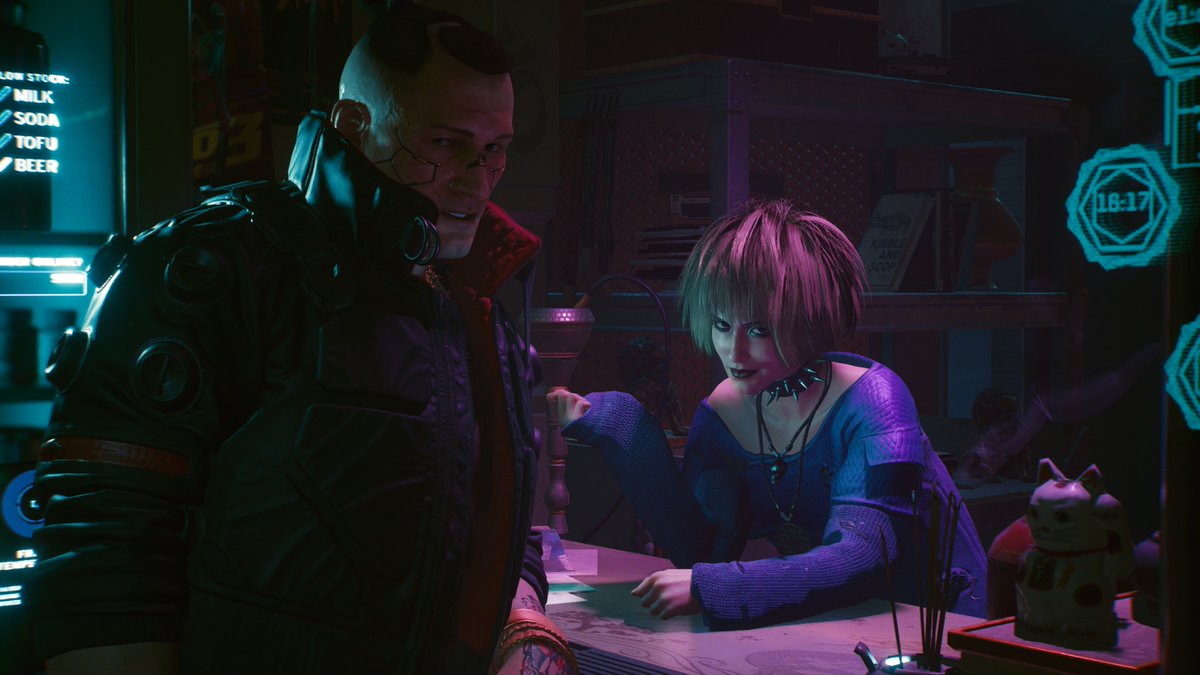


I spent several months shooting and scanning various film stocks, applying them to test footage, and eventually outputting a total of 6 unique film grain products. It was also important to me that the grain was scanned at 4K, allowing it to be used on high resolution content, as well as standard HD material. When I set out to create some fully original film grain by myself, I had two goals in mind – Use only authentic film scans, and make it affordable for filmmakers. In some cases, they may cost in the hundreds of dollars for a pack of grain, which can be prohibitive for many independent filmmakers… There are of course some companies that do offer real film grain scans, but in many instances these products can be very expensive. Most plugins simply use various digital methods for creating a film grain look, and aren’t using any real scans of grain to achieve the end result. In my opinion, that defeats the purpose, as my goal has always been to get the most authentic film look possible, and there is a noticeable difference between applying real film grain to my footage, and grain that is clearly digitally created. The biggest issue I’ve had with most grain products in the past was simple – they weren’t actually applying real film grain to my footage. Ultimately, this led me to create my own custom film grain from scratch. Even still, after experimenting with so many different options over the years, I’ve never quite found any one product that was perfect for my needs. These have included third party plugins, video files of grain scans, and everything in between. Naturally, as someone that has spent years chasing the “film look” when shooting digitally, I’ve tried using countless different film grain products in an attempt to give my footage the same quality as motion picture film. It’s all about bringing back those near-invisible flaws of real film that make it so mesmerizing to watch. This is why so many filmmakers look for ways to add real film grain to their digital footage.


Film on the other hand is flawed in the most beautiful ways, and it’s subtle nuances – notably it’s grain structure – makes it it feel like a living, breathing, organism. Digital cinema cameras and DSLRs are capable of producing incredible results, but they are also known to deliver images that can be too perfect, or even clinical in many respects.


 0 kommentar(er)
0 kommentar(er)
